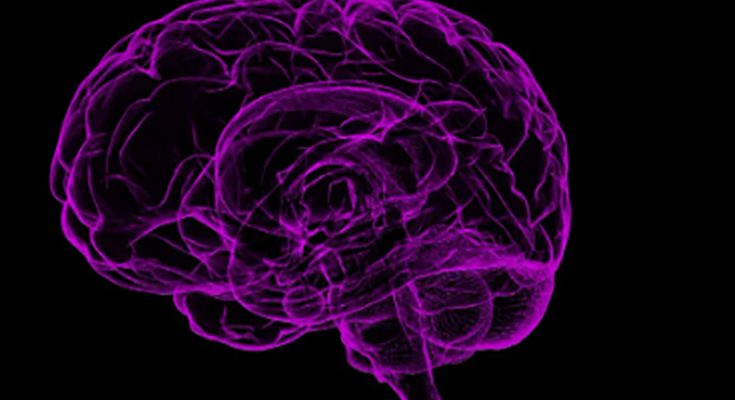#Worm, #LiveWorm, #Australia, #Brain, #Canberra
IBNS: Doctors have found a live worm in the brain of an Australian woman, one of the first such incidents recorded in the world.
The “string-like structure” was pulled from the patient’s damaged frontal lobe during surgery in Canberra last year, reported BBC.
What were the symptoms?
The woman suffered from what doctors called an “unusual constellation of symptoms” – stomach pain, a cough and night sweats, evolving into increasing forgetfulness and depression, the British media reported.
Doctors believe the worm might have been there inside the woman’s body for two months.
“Everyone [in] that operating theatre got the shock of their life when [the surgeon] took some forceps to pick up an abnormality and the abnormality turned out to be a wriggling, live 8cm light red worm,” Sanjaya Senanayake, an infectious diseases doctor at Canberra Hospital told BBC.
“Even if you take away the yuck factor, this is a new infection never documented before in a human being,” he said.
Senanayake, who is also an associate professor of medicine at the Australian National University (ANU), told BBC that the case is a warning.
When was the patient admitted to hospital?
The woman was admitted to the hospital in late January 2021.
A scan later revealed “an atypical lesion within the right frontal lobe of the brain”. The cause of her condition was only revealed by a surgeon’s knife during a biopsy in June 2022, reported BBC.
Meanwhile, the patient is recovering well.
Where is the worm commonly found?
In the journal named Emerging Infectious Diseases, Mehrab Hossain, an Australian expert in parasitology, wrote: “Ophidascaris species are nematodes exhibiting an indirect lifecycle; various genera of snakes across the Old and New Worlds are definitive hosts.”
“O. robertsi nematodes are native to Australia, where the definitive hosts are carpet pythons (Morelia spilota). The adult nematodes inhabit the python’s esophagus and stomach and shed their eggs in its feces. Eggs are ingested by various small mammals, in which larvae establish, serving as intermediate hosts,” read the piece published in the journal.





